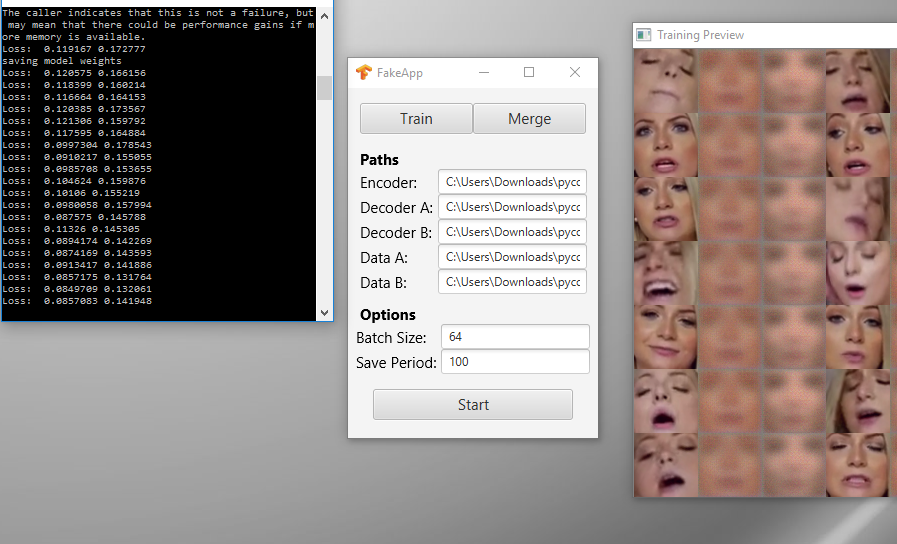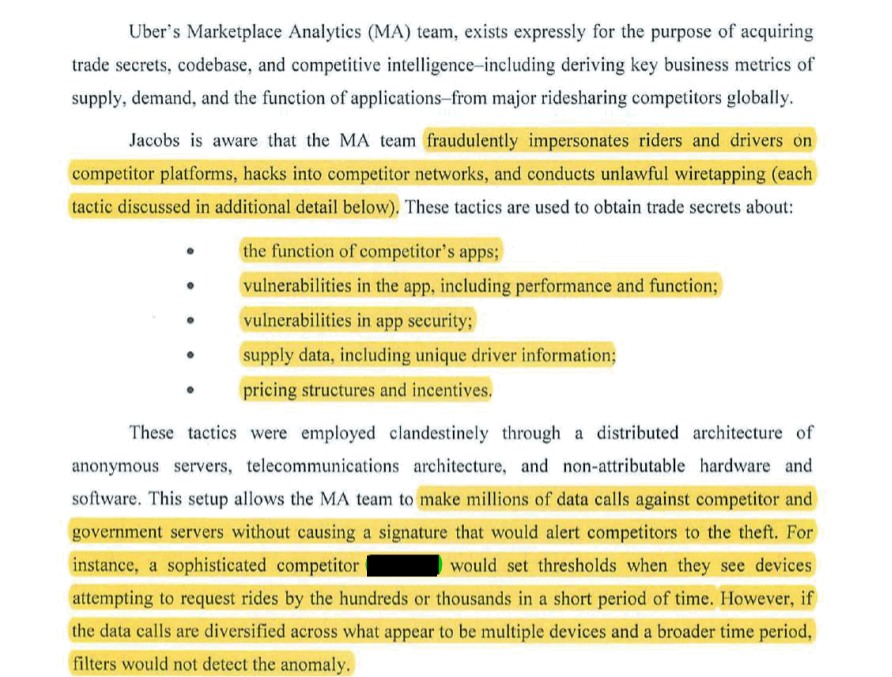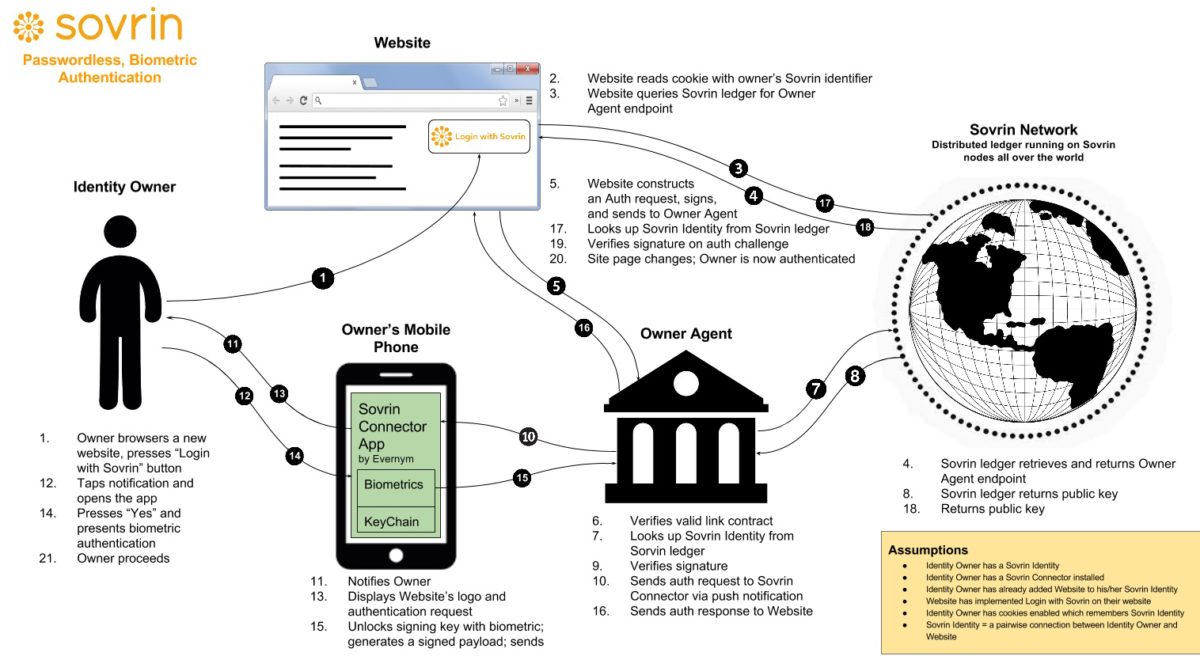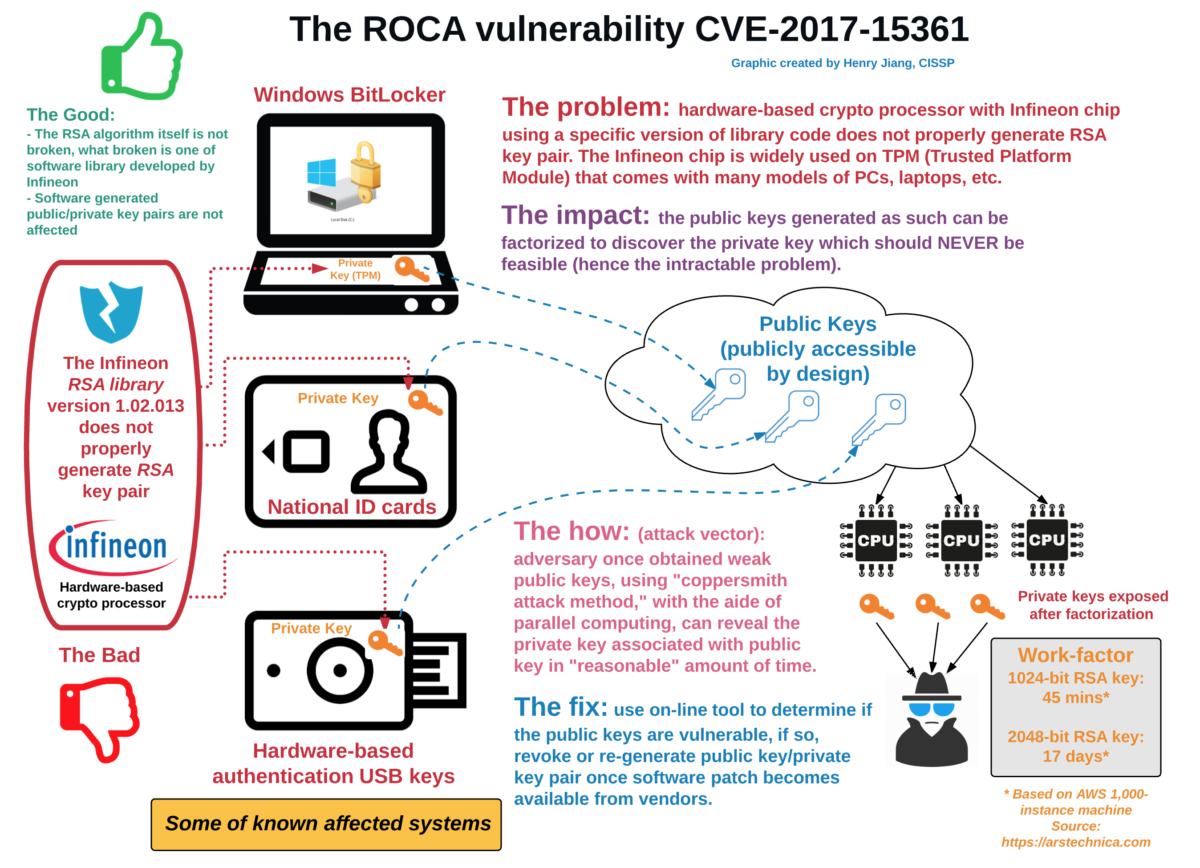Yet more Apple source code has been leaked, this time around the iBoot elements of IOS. Although from an older build of IOS (9x) it should be close to the current implementation. Initially leaked on Reddit by a user named apple_internals and subsequently removed, now posted in Github for maximum availability. An good article on Motherboard does some initial analysis and impact analysis. It’s a shame jailbreaking has gone out of Vogue, this will make it a lot simpler to do.
[Update] Apple has released the following statement” Old source code from three years ago appears to have been leaked, but by design the security of our products doesn’t depend on the secrecy of our source code. There are many layers of hardware and software protections built in to our products, and we always encourage customers to update to the newest software releases to benefit from the latest protections.”
A DMCA notice has been sent to Github to take down the source code.

![[Updated] More Apple iOS source code leaks (iBoot)](https://www.solberg.co.uk/wp-content/uploads/2018/02/1518047804451-Screen-Shot-2018-02-07-at-63528-PM.jpg)








